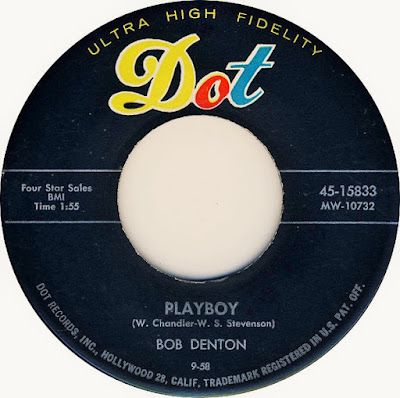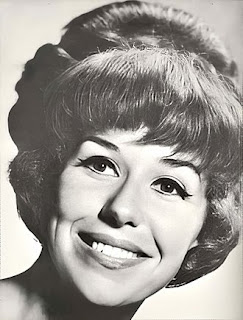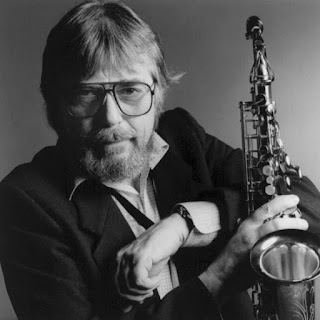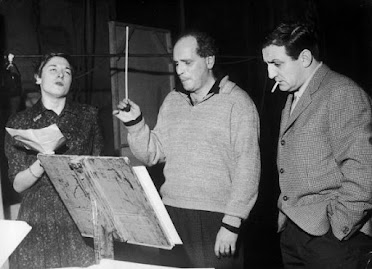Bob Denton (born 31 May 1935) is a US Rockabilly singer.
 |
| Shamrock valley Boys (Denton right) |
Denton met Eddie Cochran one night in 1954 when Eddie sat in with the Valley Boys. Denton and Eddie soon became best friends: 'We used to go hunting all the time. He loved to hunt. He was a fantastic shot. We were always together doing things we both enjoyed: hunting, camping, chasing women and a lot of drinking." Bob Denton subsequently introduced Eddie Cochran to an acquaintance of the band, Hank Cochran, a meeting which led to the two unrelated namesakes forming the Cochran Brothers, Eddie's first professional venture.
 |
| Bob & Eddie |
Denton was a spectator at a number of Cochran's sessions including 'Sittin' In The Balcony' and shared the same manager, Jerry Capehart. When Denton finally landed a record deal in his own right with Dot Records, in the spring of 1957, Eddie was "first in, closest to the mike". "He played guitar on my first Dot session", Denton recalled, "We recorded a tune called 'On My Mind Again' at Goldstar in 1957'. From the session 'On My Mind Again' was coupled with 'Always Late' and was issued as Dot single 15573.
In September 1957 Eddie Cochran again assisted Bob Denton on the recordings for a new single 'Love Me So I'll Know' b/w 'I'm Sending You This Record' (Dot 15622). 'Skinnie Minnie' and 'Playboy' were both recorded at Denton's fourth and final Dot session in March 1958 and featured West Coast session stalwart Joe Maphis and not, as is so often mentioned, Eddie Cochran. In April an informal session was held with Eddie again helping out on '24-hour Night' and 'Sick & Tired'.
The following month Denton was conscripted into the US Army and spent the next two years in Hawaii. While on home leave in the summer of 1958, he duetted with Cochran on 'Thinkin' About You' for Crest Records though it was not released until 1961. Also recorded at the session was 'Pretty Little Devil'. Both songs were released on Crest 1086.
Eddie Cochran offered to take him on another of his England tours but died before that in a tragic car accident. Denton said: "I heard about Eddie's death over the radio. I was stunned. He was truly a great friend of mine and I'll never forget him." In 1962 Following his last release on Chancellor, Denton worked as a mechanic in a saw-mill.
 |
| Glen Glenn & Bob Denton 1982 |
Besides his day job Denton kept playing in honky-tonks and bars around South East California. Whenever he got the chance he went to see his old buddies at Eddie Cochran memorial meetings. In 1982 publisher Alan Clark gathered together some of Eddie Cochran’s recording musicians including Connie “Guybo” Smith, Glen Glenn, Scotty Moore, DJ Fontana and Bob Denton and recorded an album “She Just Tears Me Up.”
Unfortunately later on, due to an accident, Bob lost one of his legs and after that, playing became too painful. So he stopped making public performances in 2011.
(Edited from rocky-52 & Klaus Ketner liner notes)




.jpg)









































